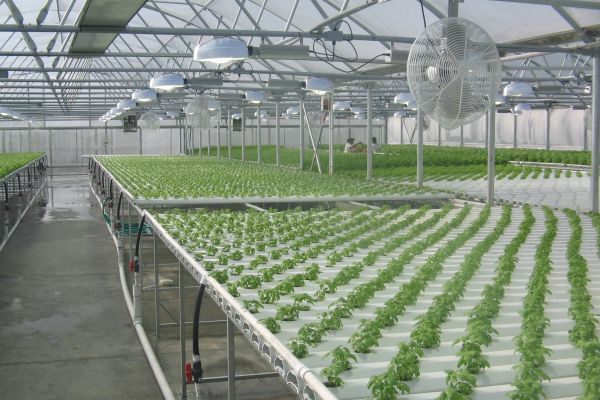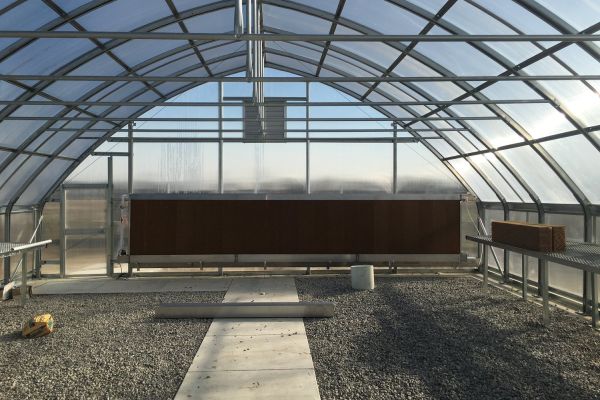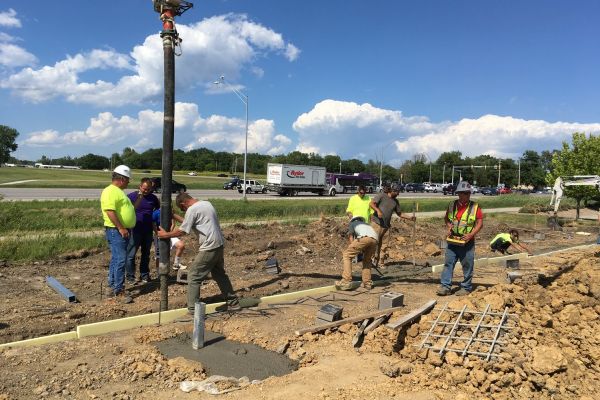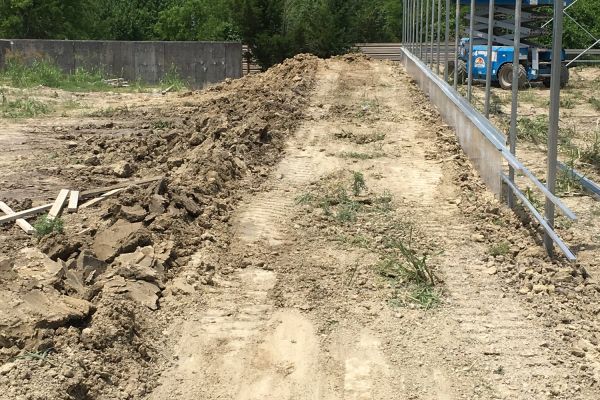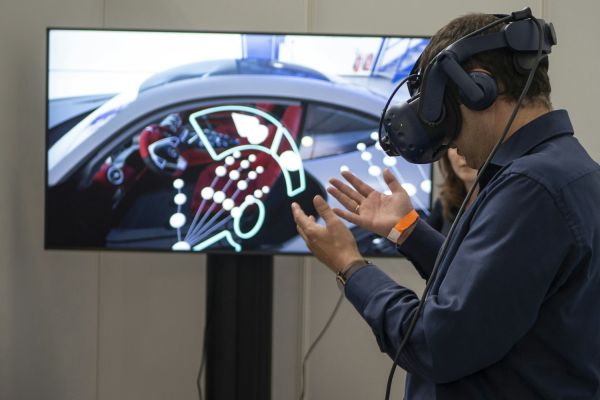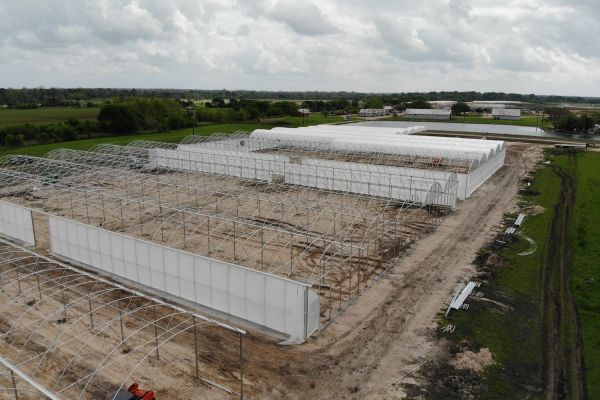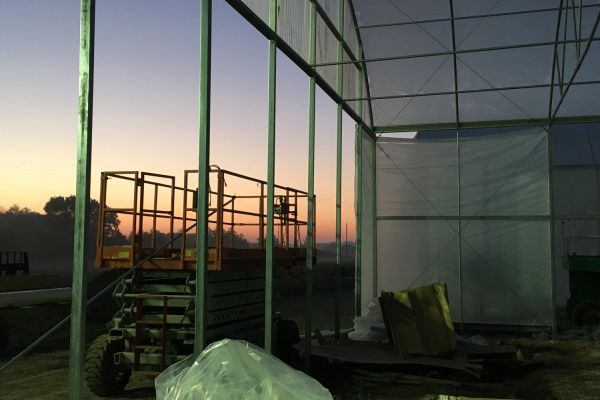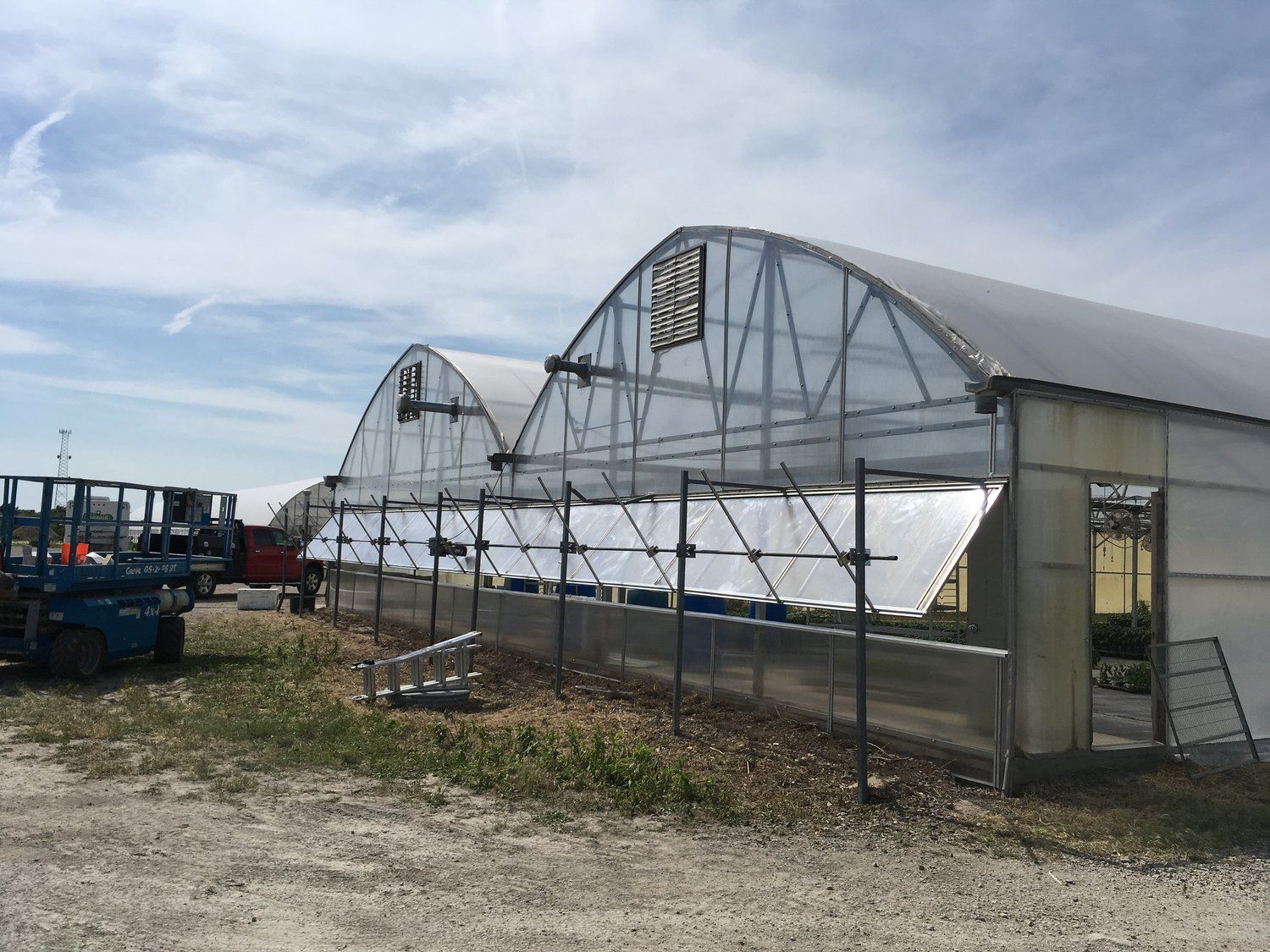
Implementing Energy-Efficient Techniques in Construction Projects
In today’s world, where sustainability and environmental responsibility are increasingly important, implementing energy-efficient techniques in construction projects is not just beneficial but essential. Energy-efficient buildings not only reduce operational costs but also minimize environmental impact and enhance occupant comfort and health. In this blog, we’ll explore various techniques and strategies that construction professionals can adopt to promote energy efficiency throughout the project lifecycle.
1. Design Phase: Incorporating Passive Design Strategies
The design phase sets the foundation for energy efficiency in buildings. Architects and engineers can employ passive design strategies to optimize natural resources and reduce energy consumption:
-
Orientation and Layout: Proper building orientation can maximize solar gain in winter and minimize heat gain in summer, reducing reliance on heating and cooling systems.
-
Insulation and Thermal Mass: Adequate insulation and thermal mass materials (e.g., concrete, brick) help stabilize indoor temperatures, reducing heating and cooling loads.
-
Daylighting: Designing spaces to maximize natural light reduces the need for artificial lighting during daylight hours, saving energy and enhancing occupant well-being.
2. Building Envelope: High-Performance Materials and Techniques
The building envelope plays a crucial role in energy efficiency by minimizing heat transfer between interior and exterior spaces. Key considerations include:
-
Advanced Insulation: Using high-performance insulation materials, such as spray foam or cellulose, to reduce thermal bridging and heat loss.
-
Air Sealing: Ensuring a tight building envelope with proper sealing around windows, doors, and penetrations prevents air leaks and enhances HVAC system efficiency.
-
Energy-Efficient Windows: Installing windows with low-emissivity coatings and insulated frames reduces heat transfer while maximizing natural light penetration.
3. HVAC Systems: Efficient Heating, Ventilation, and Air Conditioning
Heating, ventilation, and air conditioning (HVAC) systems are significant energy consumers in buildings. Implementing energy-efficient HVAC strategies includes:
-
High-Efficiency Equipment: Choosing HVAC systems with high Seasonal Energy Efficiency Ratio (SEER) ratings or Energy Efficiency Ratio (EER) for cooling and Heating Seasonal Performance Factor (HSPF) for heating.
-
Zoning and Controls: Installing zoning systems and programmable thermostats to adjust temperature settings based on occupancy and usage patterns, optimizing energy use.
-
Ventilation and Indoor Air Quality: Integrating energy recovery ventilation (ERV) or heat recovery ventilation (HRV) systems to maintain indoor air quality while minimizing energy losses.
4. Renewable Energy Integration
Incorporating renewable energy sources further enhances the sustainability of buildings and reduces reliance on fossil fuels:
-
Solar Photovoltaics (PV): Installing solar panels on rooftops or facades to generate electricity for on-site use or feeding into the grid.
-
Solar Water Heating: Using solar thermal systems to heat water for domestic use or space heating, reducing reliance on conventional water heating systems.
-
Wind Turbines: In suitable locations, small-scale wind turbines can supplement energy needs, especially in rural or open areas.
5. Monitoring and Optimization
Continuous monitoring and optimization are essential for maintaining energy efficiency throughout a building’s lifecycle:
-
Building Management Systems (BMS): Implementing BMS to monitor and control HVAC, lighting, and other systems for optimal performance and energy efficiency.
-
Energy Audits: Conducting regular energy audits to identify opportunities for improvement and ensure systems operate at peak efficiency.
-
Occupant Engagement: Educating building occupants on energy-saving practices and encouraging behavior that supports energy efficiency goals.
Conclusion
By integrating these energy-efficient techniques into construction projects, stakeholders can create buildings that are not only environmentally responsible but also economically viable and conducive to occupant well-being. Embracing energy efficiency in construction is a collective effort that benefits both present and future generations, contributing to a sustainable built environment and mitigating the impacts of climate change.
Most Popular Greenhouse Articles
